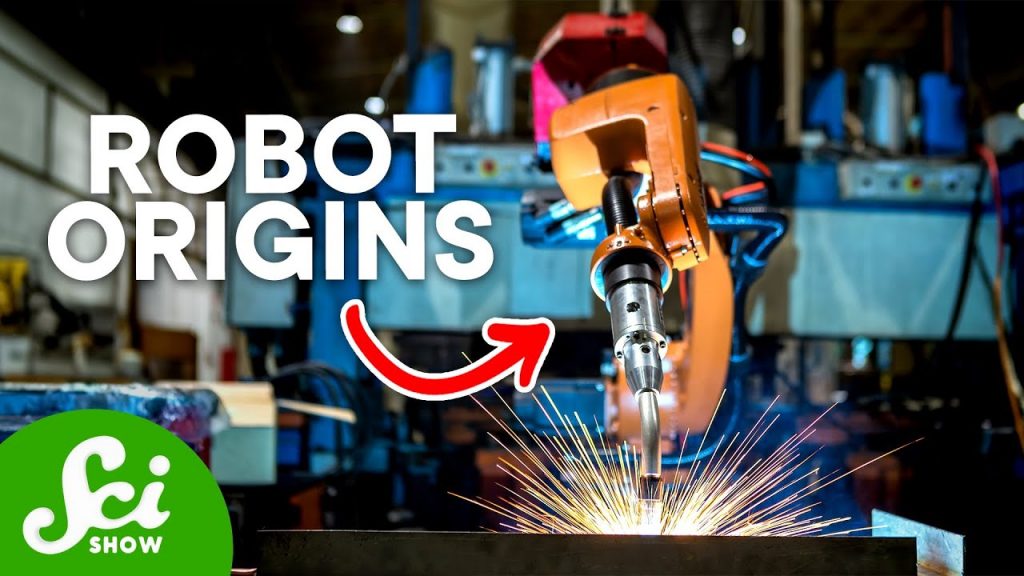Check out the leading manufacturer for professional coil packing solutions here:
As a sales engineer in the field of industrial robotics, I often find myself pondering the question: with the vast technological advancements we have witnessed over the last few decades, why don't we have robots running everything by now? It's a thought that has intrigued me, and in this article, I will delve into the future of industrial robots and explore the factors that have shaped their development.
To understand the future of industrial robots, it is essential to reflect on their history. How did robotics get started, and what milestones have been achieved along the way? This brief historical overview will provide valuable insights into the advancements we can expect in the coming years.
The origins of industrial robots can be traced back to the early 20th century, when the first attempts to automate repetitive tasks were made. However, it was not until the 1950s that the concept of a programmable robot came into existence. The Unimate, developed by George Devol and Joseph Engelberger, was the first industrial robot to be used in a production line at General Motors.
Since then, industrial robots have come a long way. Today, they are an integral part of various industries, from manufacturing to healthcare, and are continually evolving to meet the demands of an increasingly automated world. The future of industrial robots holds immense potential for revolutionizing industries and transforming the way we work.
One key aspect of the future of industrial robots is their ability to adapt and learn. Traditional robots were programmed to perform specific tasks, but modern robots are equipped with artificial intelligence and machine learning capabilities. This means that they can analyze data, make decisions, and adapt to new situations without human intervention. The use of machine learning algorithms enables robots to continuously improve their performance and efficiency, making them more versatile and valuable in various industries.
Another exciting aspect of the future of industrial robots is their collaboration with humans. Collaborative robots, also known as cobots, are designed to work alongside humans, enhancing productivity and safety in the workplace. These robots are equipped with sensors and advanced algorithms that allow them to detect and respond to human presence, enabling seamless human-robot interaction. The collaboration between humans and robots opens up new possibilities for automation in industries where human expertise is essential.
The future of industrial robots also holds promise for advancements in mobility and dexterity. Mobile robots, capable of navigating autonomously in dynamic environments, are gaining traction in industries such as logistics and warehousing. These robots can efficiently move goods and materials, optimizing workflows and reducing human effort. Additionally, advancements in robotic arms and grippers are enabling robots to handle delicate and complex tasks with precision and accuracy, further expanding their applications across industries.
While the future of industrial robots is undoubtedly exciting, there are challenges that need to be addressed. Safety and ethical considerations surrounding the use of robots in various industries are of utmost importance. Ensuring the safety of humans working alongside robots and establishing ethical guidelines for robot behavior are crucial for the widespread adoption and acceptance of industrial robots.
In conclusion, the future of industrial robots is filled with tremendous potential. With advancements in artificial intelligence, machine learning, collaboration, mobility, and dexterity, these robots are poised to revolutionize industries and transform the way we work. Embracing the possibilities offered by industrial robots will undoubtedly lead to increased efficiency, productivity, and innovation in various sectors.
So, if you're interested in exploring the future of industrial robots and finding professional coil packing solutions, be sure to check out the leading manufacturer in the industry. They have a wide range of solutions to meet your specific requirements and ensure optimal performance in your operations. Don't miss out on the opportunity to harness the power of industrial robots and stay ahead of the curve in this rapidly evolving technological landscape. Industrial Robot
"The Evolution of Industrial Robotics: Tracing the Origins and Predicting the Future of Robotics Technology"






